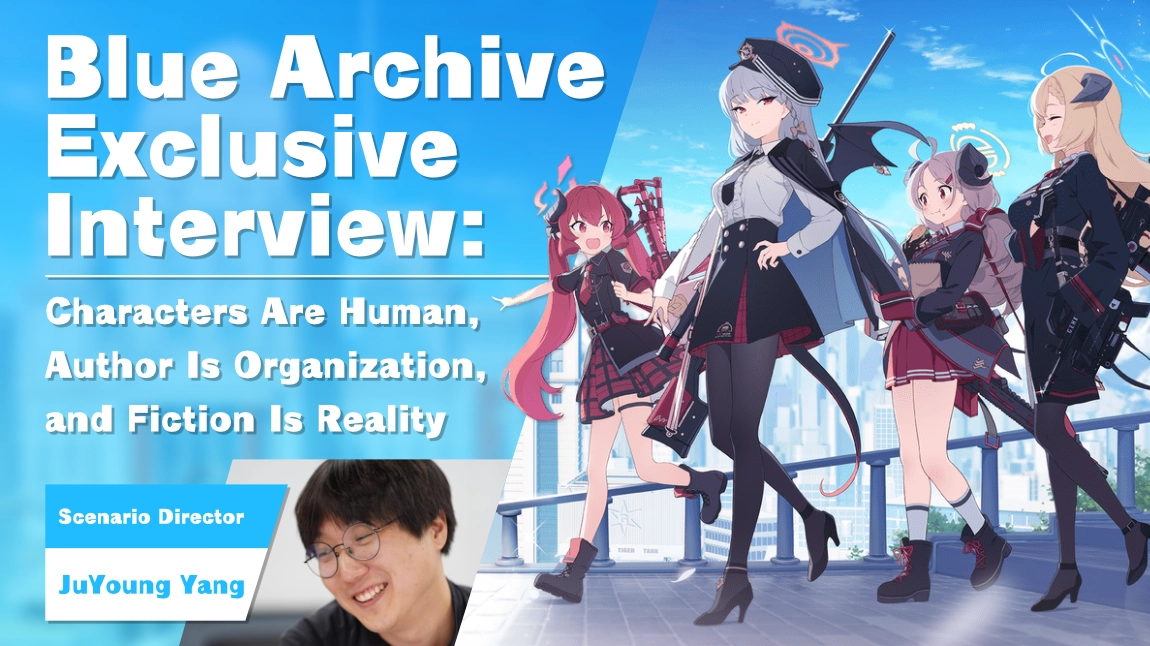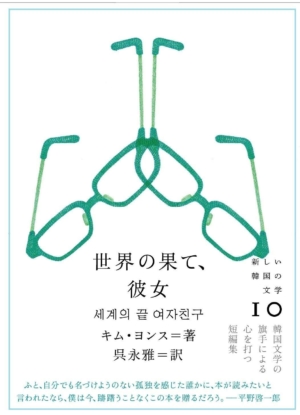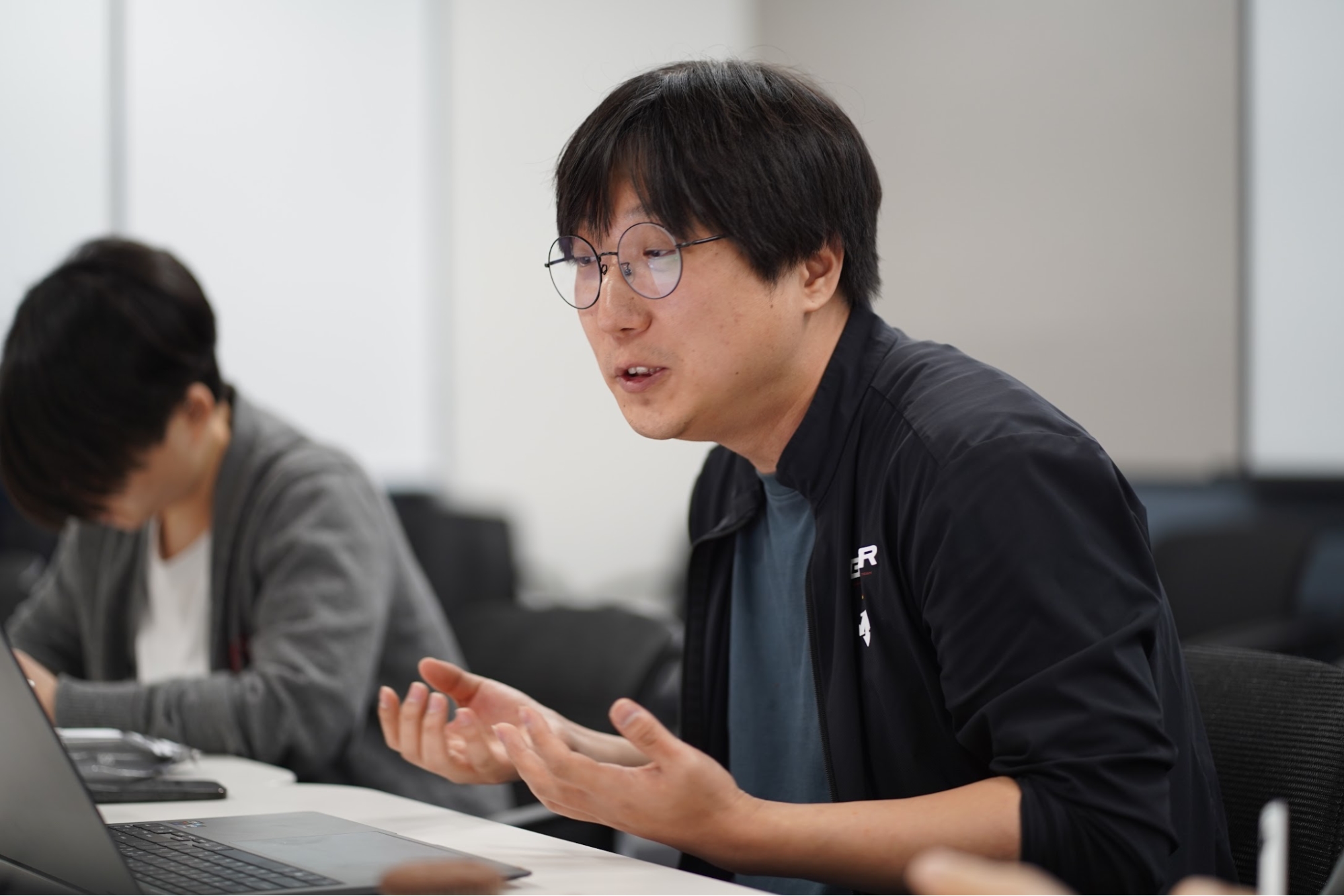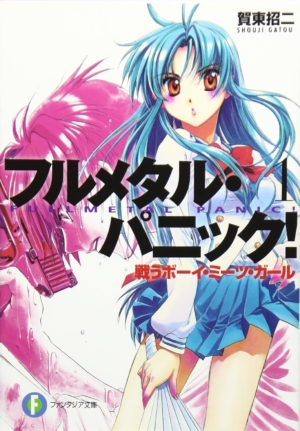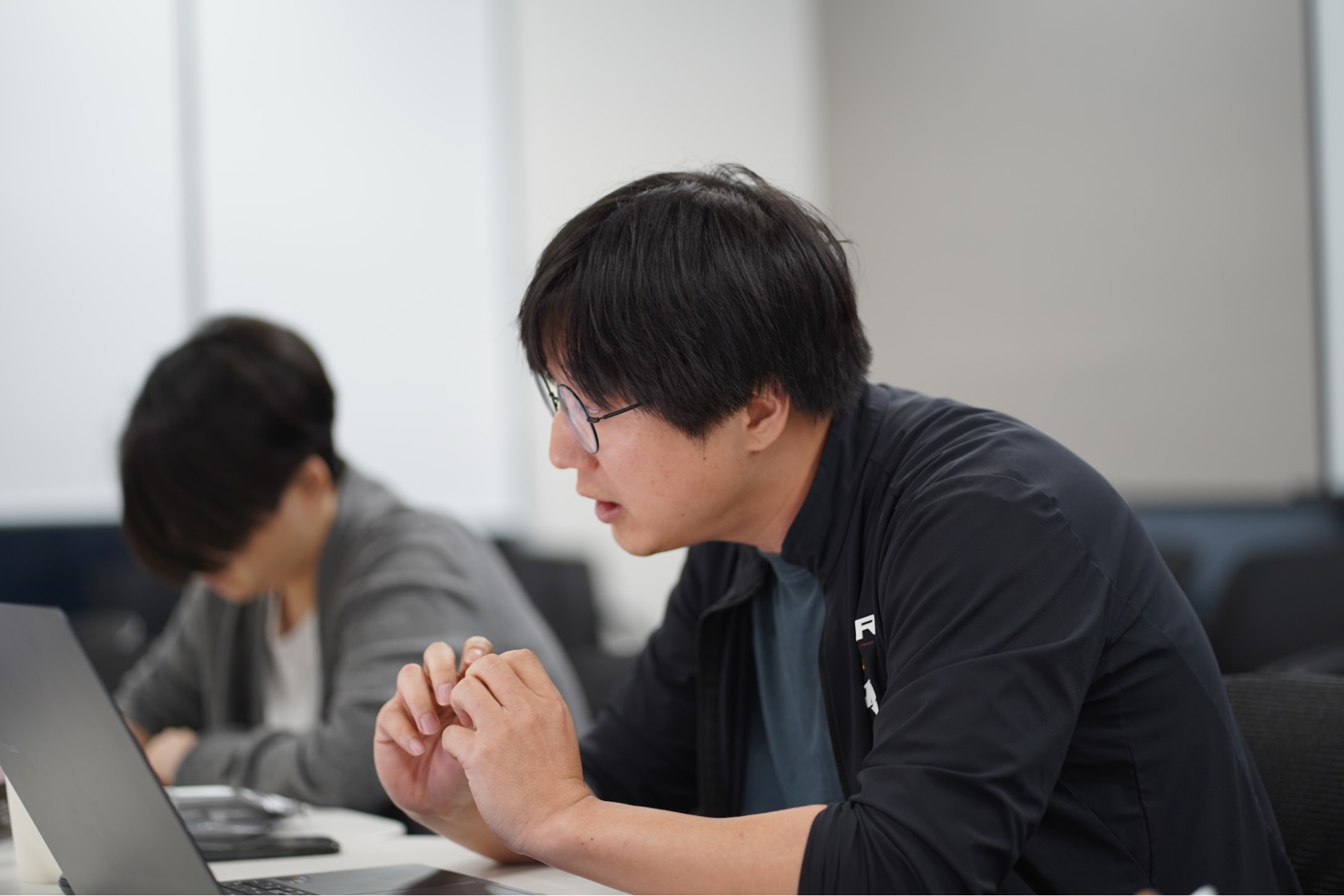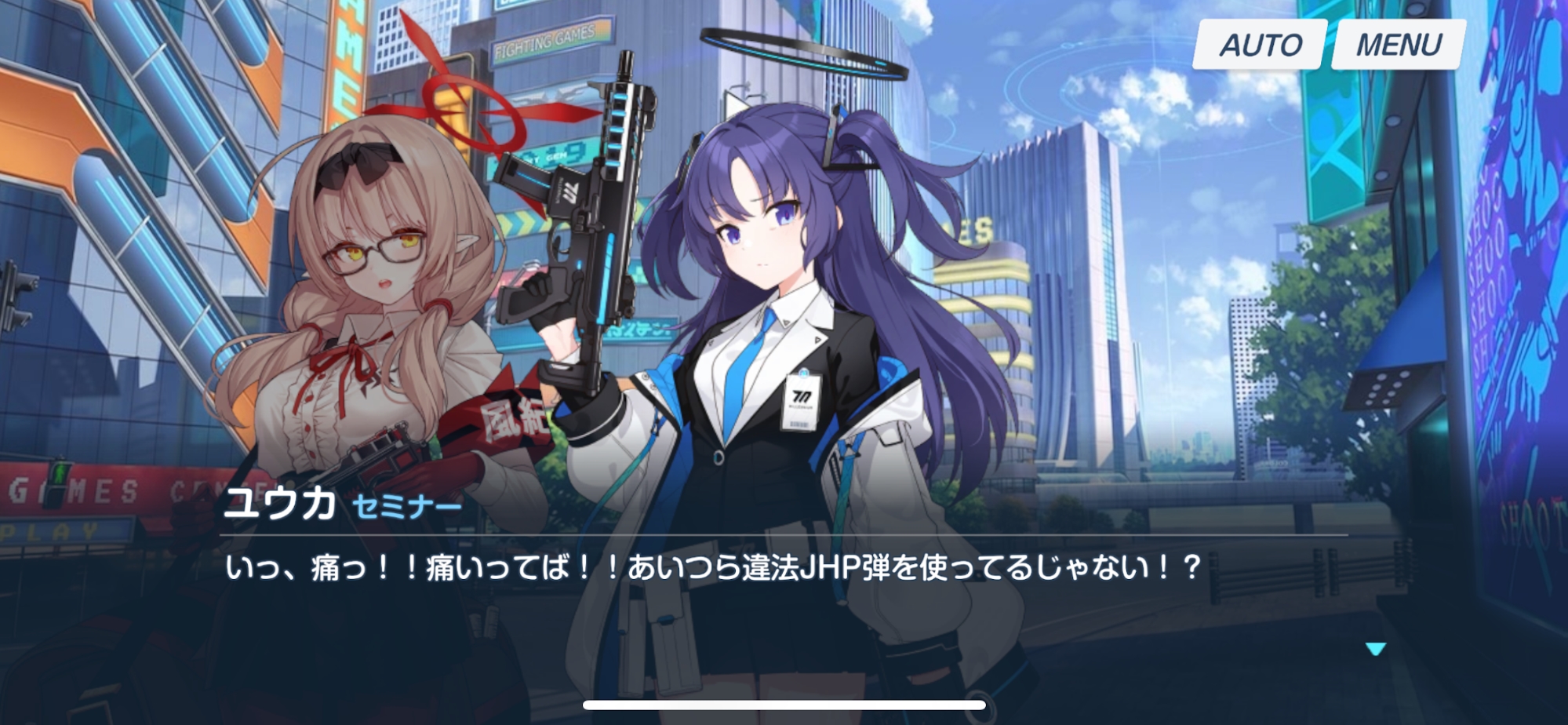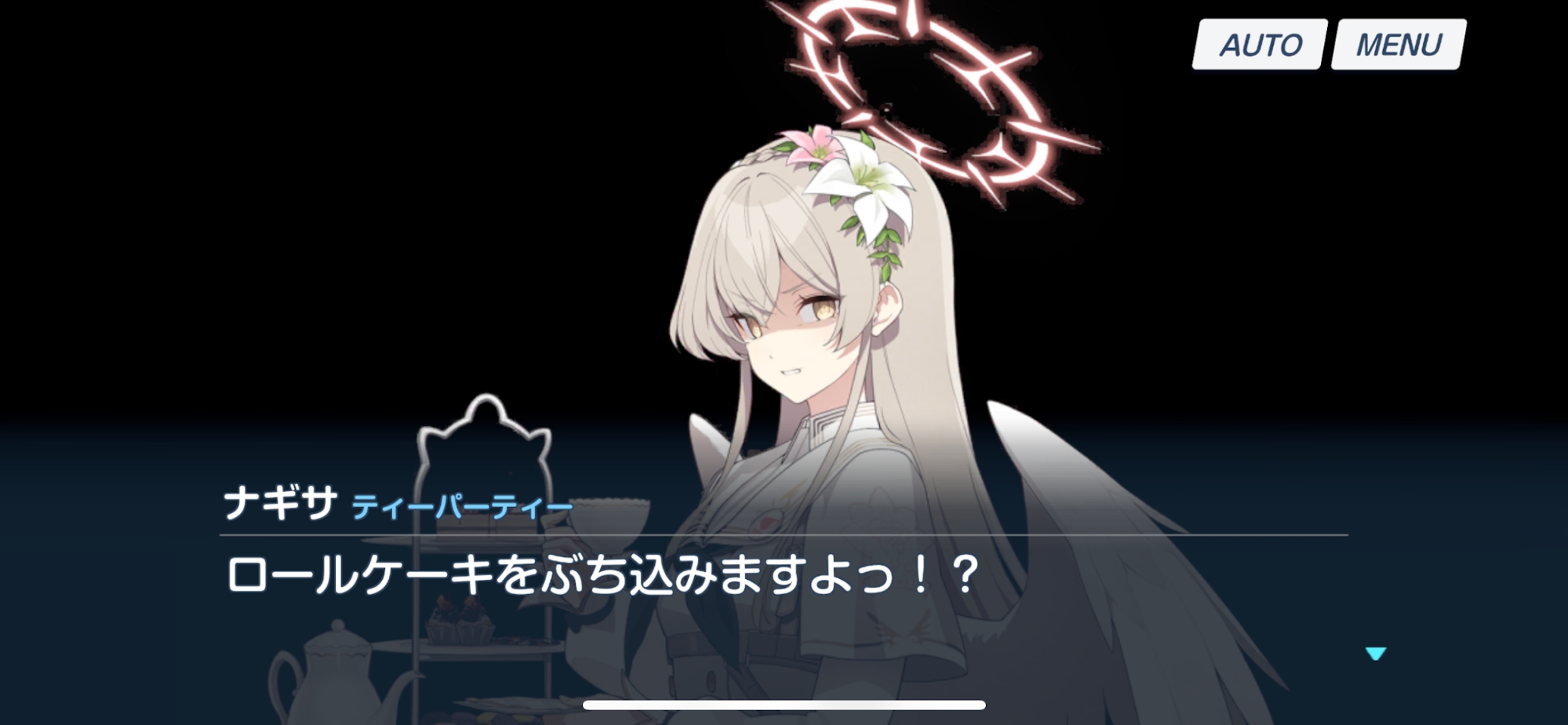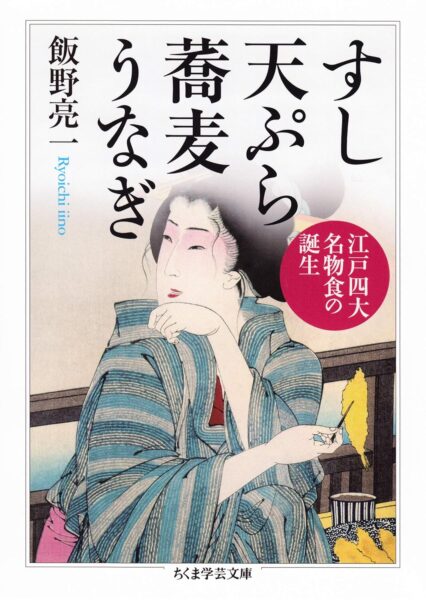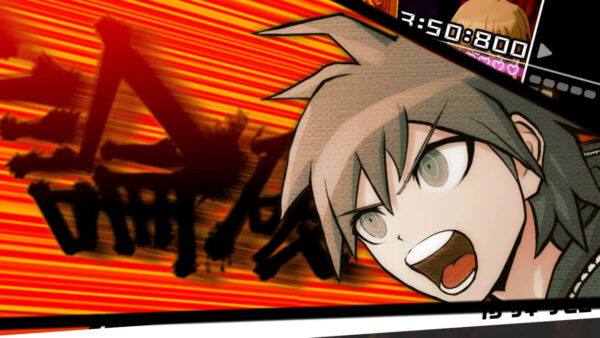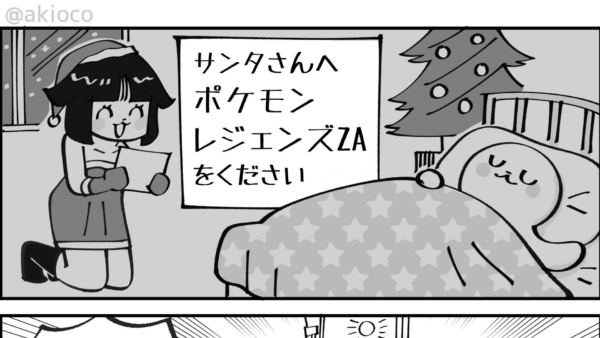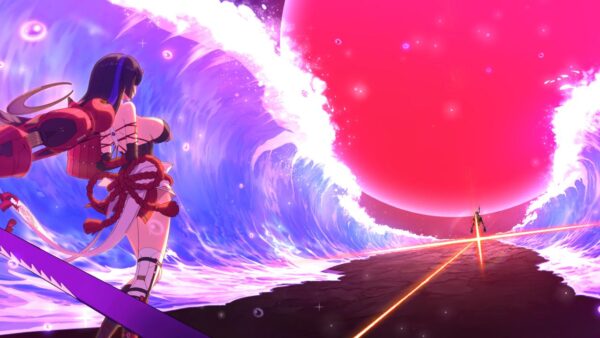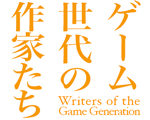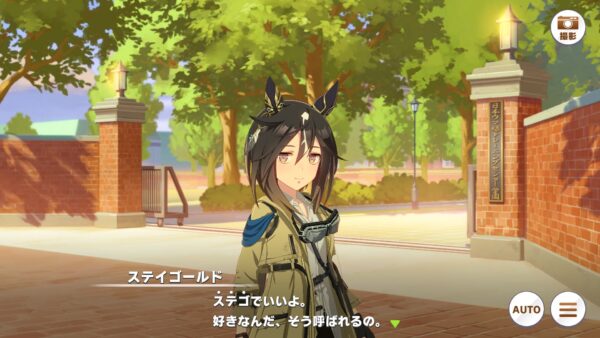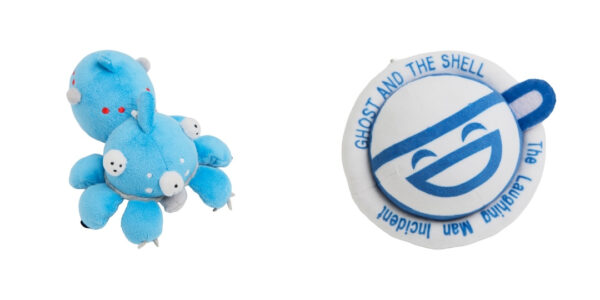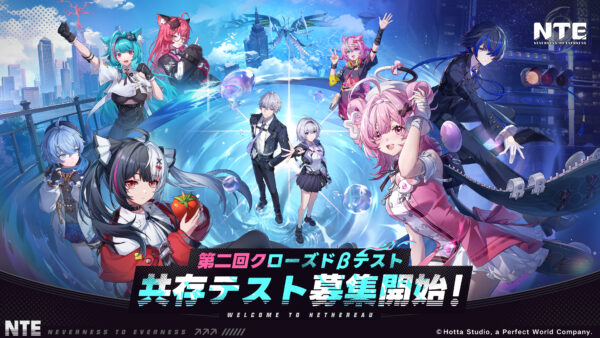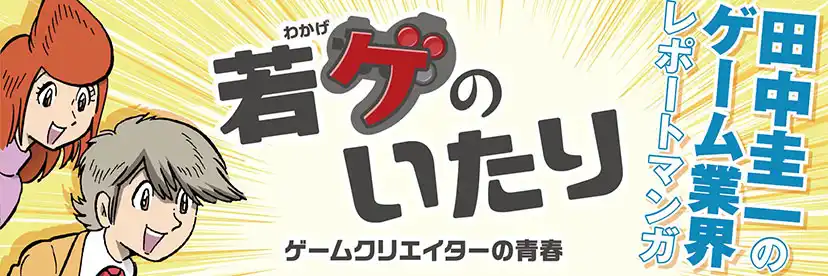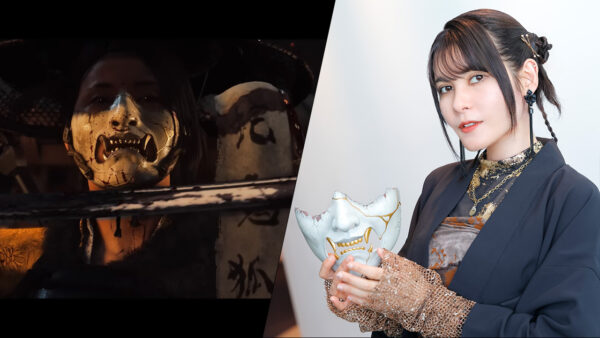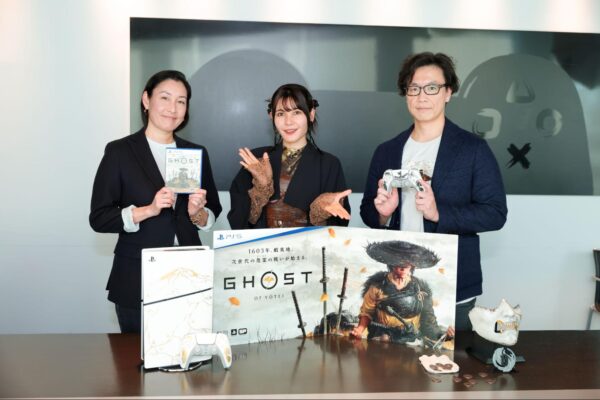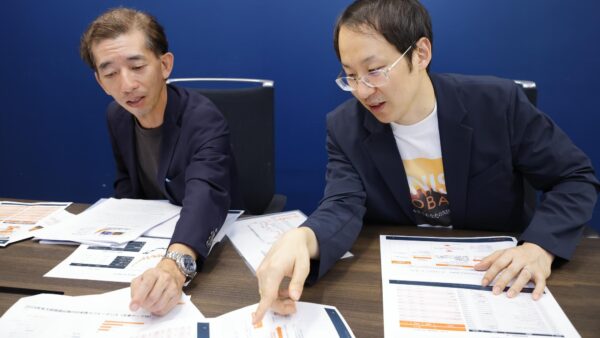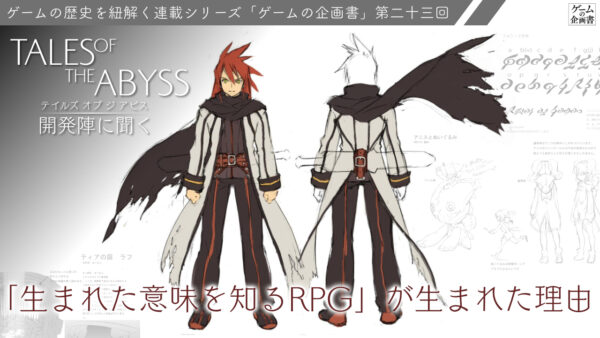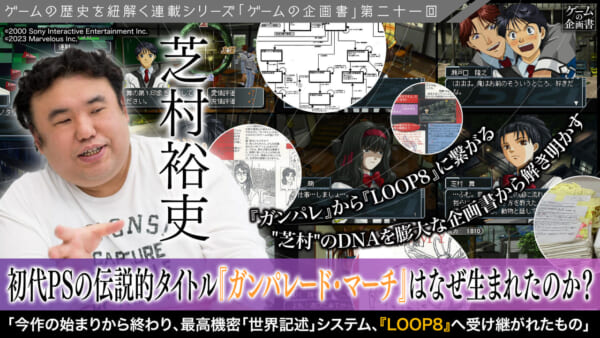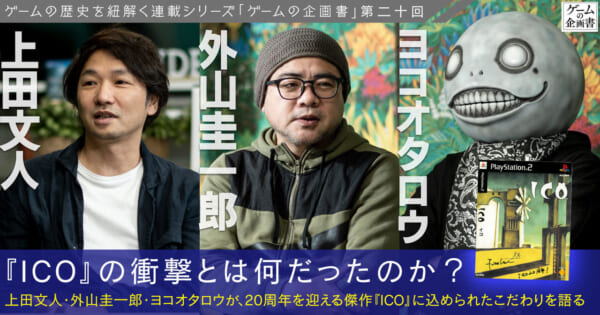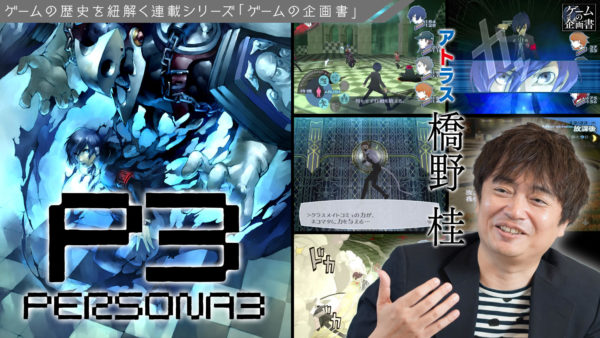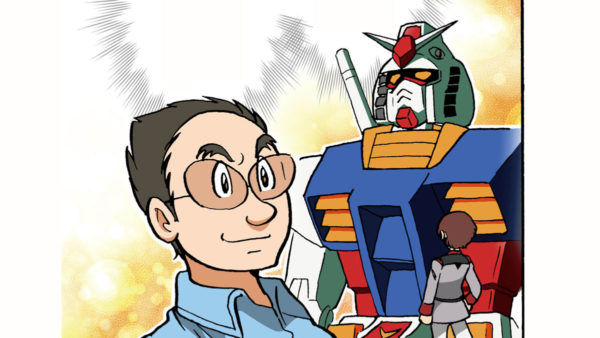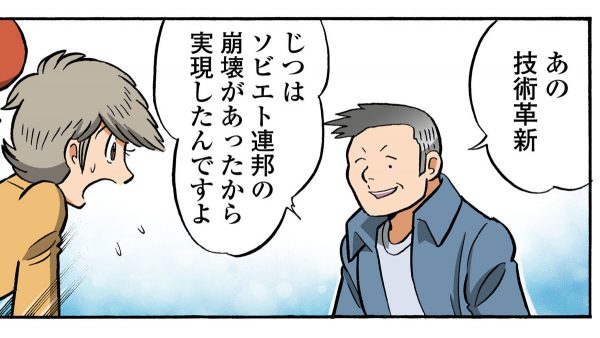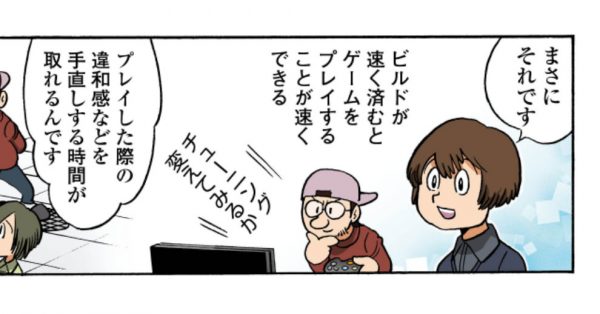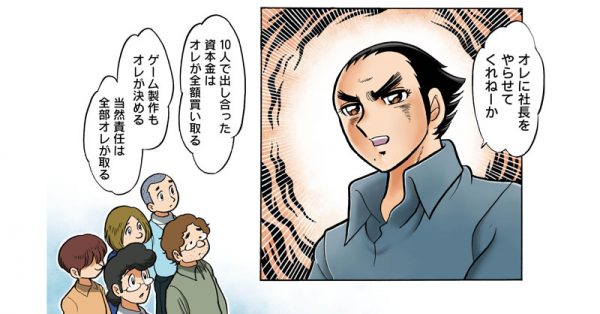In February of this year, Korean company NEXON Games celebrated its 3-year anniversary since the start of service for its game Blue Archive. According to Sensor Tower in February 2024, the game had exceeded total global sales of 500 million dollars, and the television anime Blue Archive The Animation began airing in April, amassing even more fans.
The appeal of Blue Archive, as any fan will tell you, is its high-quality story experience. From the lively depictions of the characters to the poignant storytelling, to the sometimes laughable humor–it has gone beyond borders and captured the hearts of fans around the world.
So what sort of people are responsible for creating such a game? Through what sort of processes and teamwork did they make that crystal-clear world possible? What is behind the appeal of its scenarios, characters, and background music?
As we were ponding these questions, one day our Indie Intelligence Network reporting team received permission to visit NEXON Games headquarters in Seoul and interview one of the people most acquainted with the Blue Archive production team.
And that person was none other than Blue Archive’s scenario director and original creator JuYoung Yang, also known as “isakusan”.
皆さんがいらっしゃったので、 一緒に話を作っていくことができました。 感謝いたします.
— isakusan (@isakusan1) March 11, 2023
여러분들이 계셨기에 함께 이야기를 만들어 나갈 수 있었습니다. 감사드립니다. pic.twitter.com/3GL6YZhFhe
It is actually extremely rare to get a chance to interview NEXON Games, Korea’s top game developer company. On top of that, we were lucky enough to get an interview with Yang, one of the game’s key figures–an incredibly rare opportunity and a first for a Japanese game media outlet.
Find out what secrets he divulged regarding how they made Blue Archive into an outstanding form of entertainment. He spoke not only of Blue Archive but also shared extremely intellectual and in-depth knowledge on storytelling in video games in general, so we hope that both Blue Archive fans and game fans will enjoy this interview to the very end.
Planner, Editor, and Interviewer: Jini
Interviewer: Daichi Saito
Author: Shu Chiba
Photographer: Akihiko Iyoda
English Translation: Caitlin Beggs Kojima
English Translation Review: Rie Ihara
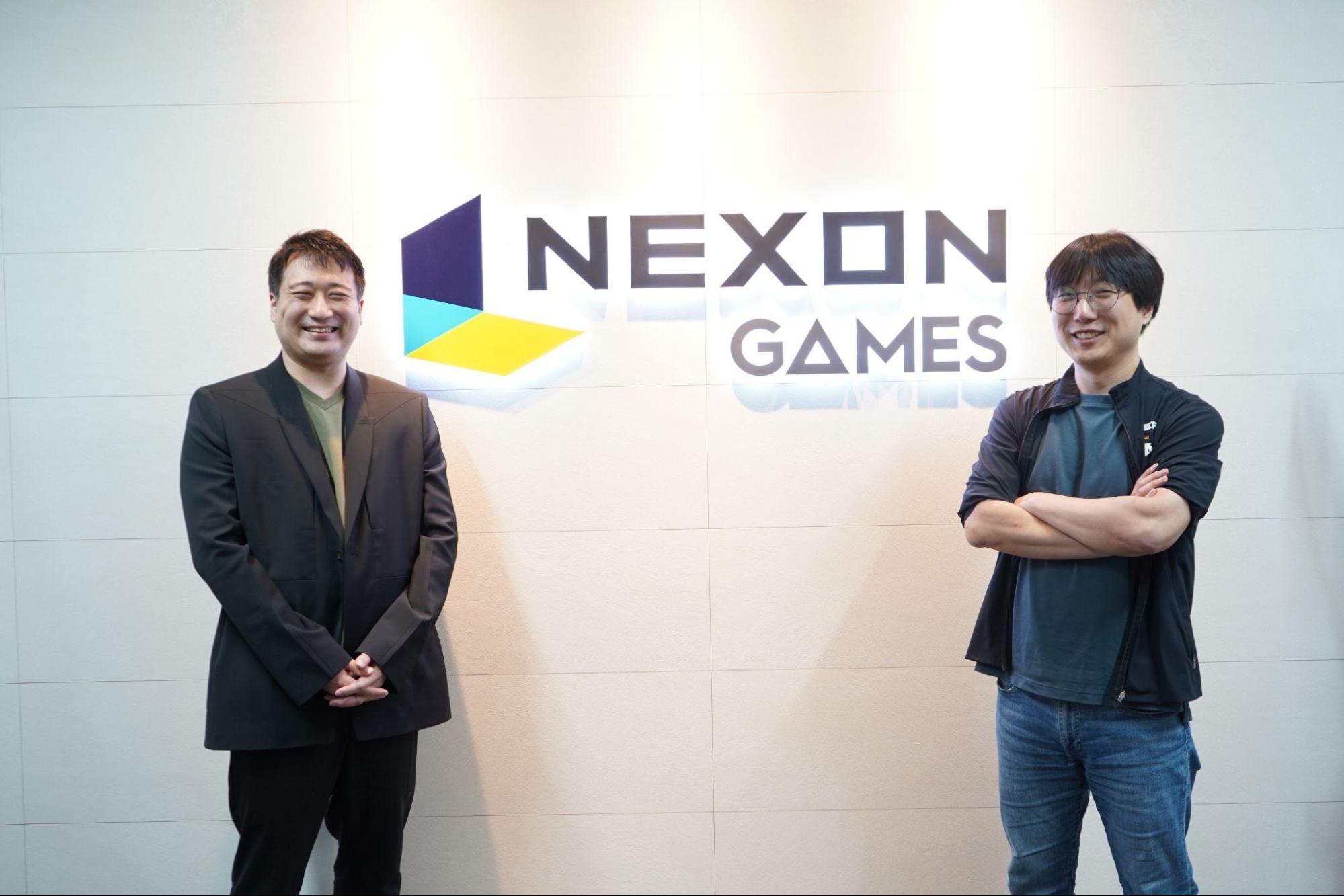
The CEO of indie game label WSS playground, Daichi Saito, who has worked on such games as NEEDY STREAMER OVERLOAD and Touhou Luna Nights, together with Jini, the manager of the game review media outlet Jini’s Game Seminar, with 2000 readers on note.com, came together as part of the next-generation game journalism “Indie Intelligence Network“, traveling the world 100% with their own hard-earned money to acquire intelligence useful for indie game production.
The article will be translated and published in English, Chinese, and Korean media as well as here on Denfami Nicogamer.
This article is translated in Japanese, Chinese, and Korean.
The following content includes spoilers about Blue Archive’s whole contents including Volume Final: Where All Miracles Begin.
This interview was conducted in April, 2024.
A Look at the Real Yang, Blue Archive’s Central Pillar
—Please start by briefly introducing yourself.
Yang:
My name is JuYoung Yang (“isakusan”), and I work as a main scenario writer for Blue Archive at NEXON Games’ MX Studio. I’m mainly in charge of Blue Archive’s scenarios, world, and details.
My job title also has me as the manager of the IP room, which is the department that supervises anything related to intellectual property, as the name suggests. With a bird’s-eye-view of everything, I can consult with the heads of each department, like the producer, art director, and game director, while also ensuring that we maintain consistency among the scenario and characters and alignment with company policies.
—Please tell us your background before entering the gaming industry.
Yang:
I wanted to be a manga artist when I was a kid. For as long as I can remember, I was constantly drawing manga. However, at around 15-years-old, I realized the limits of my abilities, and I turned to fiction. When I was 20, I was given the opportunity to make my commercial debut with a fantasy novel.
From then on, I gradually became more and more absorbed in pure literature. In Korea, there is the Yi Sang Literature Prize, which is similar to Japan’s Akutagawa Prize, and I admired its winners, contemporary Korean writers such as Yoen-Su Kim and Hoon Kim. In fact, I chose to go to Seoul Institute of the Arts and major in literary creation and tried my hand at pure literature.
However, I sensed the limits of my abilities once again, so in my late 20s I decided to pursue a career developing games. I spent some time working on doujin projects in the visual novel field and developed games like CROCINTHUS, though I’m a little embarrassed for people to know about what I worked on back then (laughs). Afterward in 2013, I was in charge of QURARE: Magic Library, which was my first time working on a “games as a service” game.
—So manga, novels, video games–you tried out all sorts of media.
Yang:
I simply like creating stories.
However, when I worked in literature, I also felt very strongly that I wanted to convey some meaning through a story. I experienced a lot of existential crises in my early 20s, and I struggled with my relationship to the world. This world is full of mysteries that cannot be explained. I wanted to get in contact with these mysteries. I wanted to understand them. At that time, the tool that I had at my side was writing, so it was natural for me to turn to literature.
However, the more I wrote novels, the more I came to a dead end. Eventually, I realized I would never escape those chains, so I abandoned my literature career.
Looking back at it, I believe my decision was the right one. But leaving literature did not make that struggle disappear entirely. I still continue to question things and search for answers in my own way.
—Philosophical questions are present throughout the story in Blue Archive. Do these reflect your experiences writing literature?
Yang:
I belong to a company. I do not use the company’s property for my own personal philosophical musings, nor do I think I should. If you notice anything resembling a theme, think of it as a kind of fingerprint that is inevitably left behind when I, the creator, create a work.
First of all, Blue Archive is an otaku culture-like entertainment work. However, as it is created by humans, it is inevitable that some traces are left in areas other than the enjoyment of the product.
—What do you mean by that?
Yang:
That the player will be left with emotions besides just enjoyment. That is, they will question life.
Nevertheless, these sorts of deep aspects are only possible because they are entertaining. First, above all else, the game needs to be fun, otherwise the question contained within does not have meaning. That’s what I believe, and in terms of professional ethics, that’s how it should be.
—In the official artbook Blue Archive Official Artworks, you listed Japanese light novels and manga as sources of influence for you. When and how did you come in contact with these works?
Yang:
The first light novel I read was Full Metal Panic! (by Shoji Gatoh). It was around 2002, just as it was starting to be officially imported to Korea. I remember that I felt it was very innovative at the time.
It’s a wonderful piece of work even if you read it now. The prose is especially good. Gatoh’s writing is concise and clear while really getting to the heart of things.
Around 2004, works such as Mephisto and Faust and related works were introduced to Korea through Haksan Publishing, which had a contract with Kodansha, and I devoured the works of authors such as Otaro Maijo, Otsuichi, and Nisio Isin.
—I see. The game gives me the impression of the trend seen in light novels of the time and literary magazines of the early 2000s such as Mephisto was to maintain an entertaining element while also hiding great writing at their depths.
Blue Archive: A Game with a Plot
—Now I would like to ask about how you created Blue Archive along with your team at NEXON Games…and I would especially like to ask about how you created the story experience, which can be considered what the game is really all about.
First, this game is made up of a colossal amount of text, but most similar adventure games have text boxes that can only display a maximum of several dozen characters of text. This must have been a big change for you, as you’ve been writing novels where you can include as much text as you like. How does Blue Archive utilize text boxes?
Yang:
In my opinion, a novel’s biggest strength while simultaneously being its biggest weakness is the beauty of its prose.
Take Yasunari Kawabata’s novels for example. The content they are written on is not at all complicated, yet the prose is mesmerizingly beautiful.
I feel that I wasn’t able to make it in a world competing with such beautiful prose. And so I fled to the gaming industry, to the world of plots. The characters do something, things happen, and an ending is reached. A world similar to that of movies and manga.
On the other hand, a novel’s weakness is that when it is translated, it loses that beauty. Supposing that you wanted to share a novel written in Korean with Japanese readers, the beauty of the original text that is conveyed to the Japanese readers will only be around 30% or 40% of the original, no matter how beautiful the translation. Entertainment nowadays is made with the assumption that it will be exported globally, but literature is at a major disadvantage when it comes to translation.
Taking into account these strengths and weaknesses, we focused on the efficiency of the plot more than the beauty of the prose itself for Blue Archive, which we planned to release to players around the world, not only those in Korea. We eliminated third-person explanations as much as possible and conveyed the story through actions and interactions. We cultivated and inherited this know-how from our previous title, QURARE: Magic Library.
It is not easy to cut down on the amount of text. Ideally, you want to minimize the number of characters displayed in a text box at one time, although you still need a certain amount to tell the story, of course.
Saito:
Reading the Blue Archive team’s scenarios, I was surprised at the propulsive power of the plot. Things outside the plot, like the halos and other elements and explanations about the world are only hinted at or put off for later. Is this a result of prioritizing one over the other?
Yang:
You’re exactly right. Blue Archive’s scenario eliminates everything outside of the plot. By purposefully skipping over explanations of the details and other things, players may have become a little confused, but nevertheless I focused on the plot. Whether the details or the story, the characters should be the ones moving everything along.
If it were to follow the rules of playwriting, the first thing that should have been explained was the clearly unique world in which beautiful female characters in uniforms carry guns.
However, I decided to omit that. What I referenced at the time was Girls und Panzer. It, too, only mentions details in fragments within the story, such as the fact that the tanks are coated with a special carbon coating, in order to make possible a story where high school girls engage in tank warfare as a sport.
Details should not be there to explain the core of the story, but rather they should be like the thread that holds the whole story together.
—Now that you say that, the scenarios in Blue Archive progress by the characters conversing with one another. What did your team keep in mind in order to make these conversations entertaining and dramatic?
Yang:
I idealize dialogue like that in Quentin Tarantino films. The conversations he writes are not for conveying the plot or information to the audience; instead, they are used to convey the characters. That’s what dialogue should be like.
Blue Archive, however, is neither literature nor a Tarantino film. The amount of information must ultimately take priority. I would like to avoid conveying only information in conversations if possible, but I have come to accept that to a certain extent it is unavoidable.
This is also a cost-related issue. Adventure games are created with a logic that differs from that of films, which progress through a series of actions.
